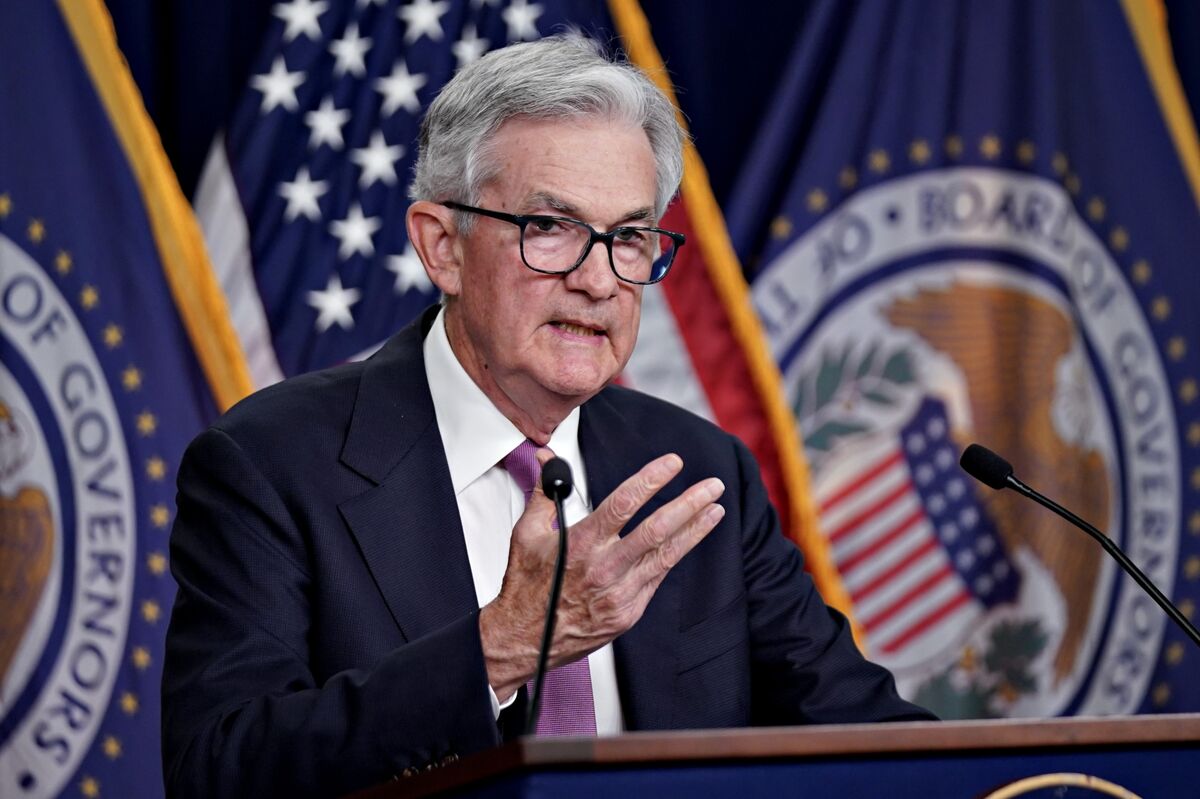The Federal Reserve, commonly referred to as the Fed, holds immense power over the economic landscape, not just within the United States but also across the globe. These periodic meetings by the Federal Open Market Committee (FOMC) gather economists, policymakers, and financial experts to deliberate on monetary policy, interest rates, and the overall economic health of the nation. Such gatherings possess the ability to send ripples through financial markets worldwide, dictating borrowing costs, influencing investment decisions, and steering economic growth.
The Essence of a Fed Meeting
Every eight weeks or so, the Fed convenes for a two-day meeting. These gatherings culminate in a highly anticipated announcement, followed by a press conference led by the Fed Chair, where decisions about monetary policy changes, particularly interest rates, are disclosed to the public. The Fed also releases a detailed statement outlining its current economic assessment and the rationale behind its policy decisions.
The Impact of Interest Rates
Interest rates are the primary tool in the Fed meeting for steering economic activity. When the Fed alters interest rates, it directly influences borrowing costs for businesses, individuals, and governments. Lower rates typically stimulate borrowing and spending, encouraging economic growth but risking inflation. Conversely, higher rates can restrain borrowing and cool off an overheating economy, potentially curbing inflation but slowing down growth.
Market Reactions and Investor Sentiment
Financial markets hang onto every word uttered during these meetings, scrutinizing language nuances for hints about future policy directions. The mere speculation about potential rate changes or shifts in monetary policy can lead to significant fluctuations in stock markets, bond yields, and currency values. Investors adjust their portfolios based on these announcements, often leading to volatility in asset prices.
Global Ramifications
The reach of the Fed extends far beyond American borders. The decisions made in these meetings reverberate across the international financial landscape. Changes in interest rates and monetary policy can affect capital flows, exchange rates, and economic stability in other countries. Emerging markets, particularly, can experience turbulence as investors reallocate funds based on the Fed’s decisions, impacting their currencies and financial markets.
Forward Guidance and Economic Projections
Apart from immediate policy changes, the Fed also provides forward guidance, giving insights into the future path of interest rates. This guidance is backed by economic projections from Fed officials, encompassing estimates on GDP growth, inflation, and employment. Such projections serve as vital indicators for businesses and investors in planning future strategies.
Conclusion
The Fed meeting stand as pivotal moments that shape the trajectory of the global economy. They wield immense influence over financial markets, impacting borrowing costs, investment decisions, and overall economic activity. The decisions made in these meetings not only mold the economic landscape of the United States but also resonate globally, influencing markets and economies worldwide. Understanding the nuances of these meetings and their implications is crucial for investors, businesses, and governments seeking to navigate the complex and interconnected world of finance and economics.
